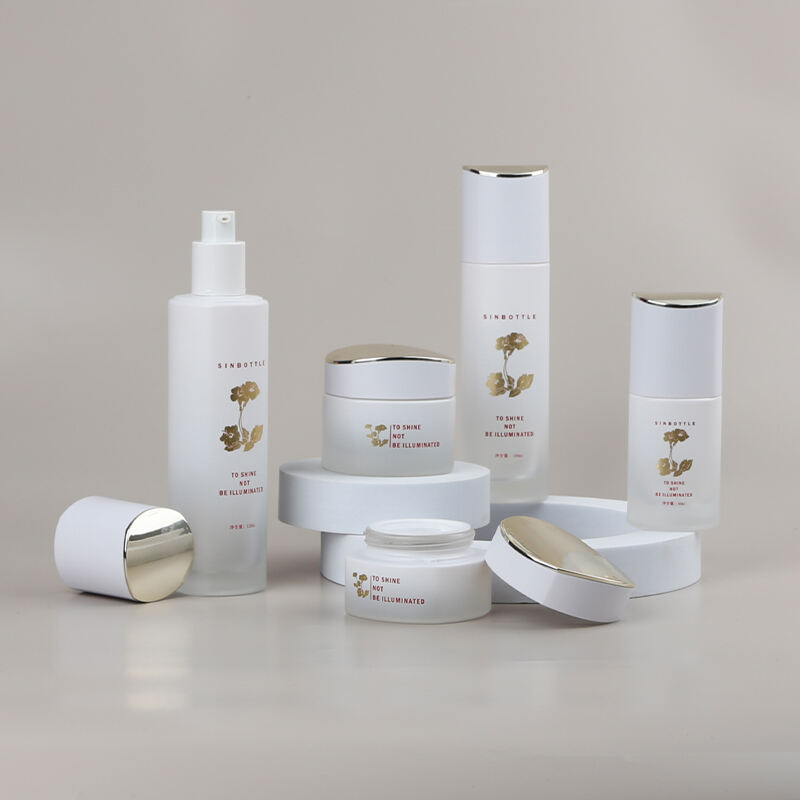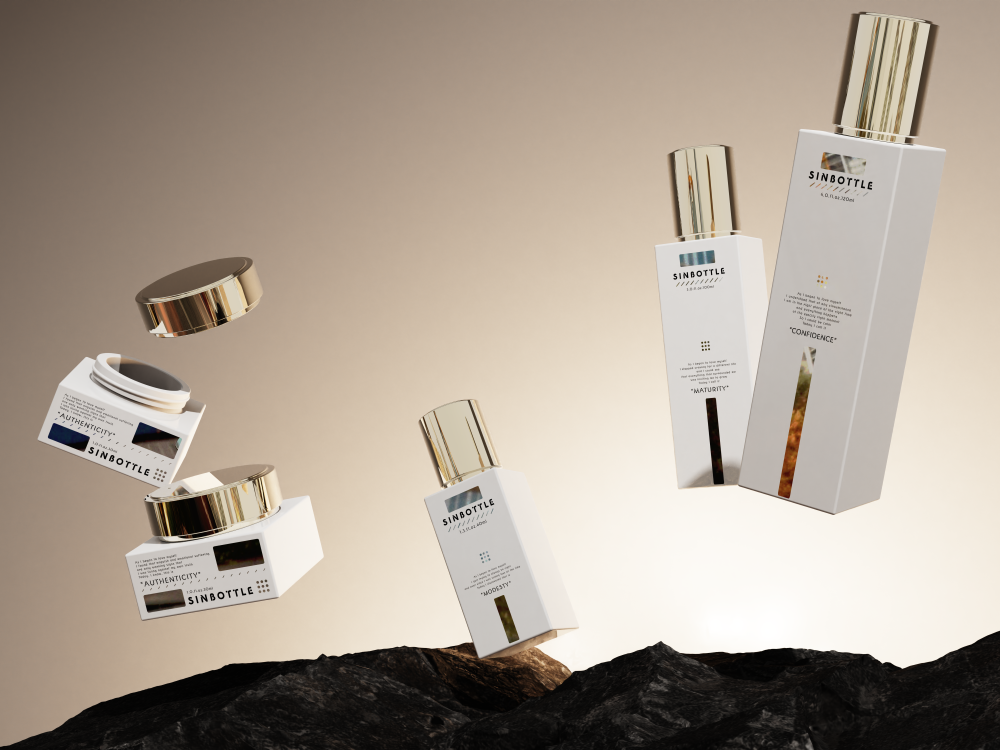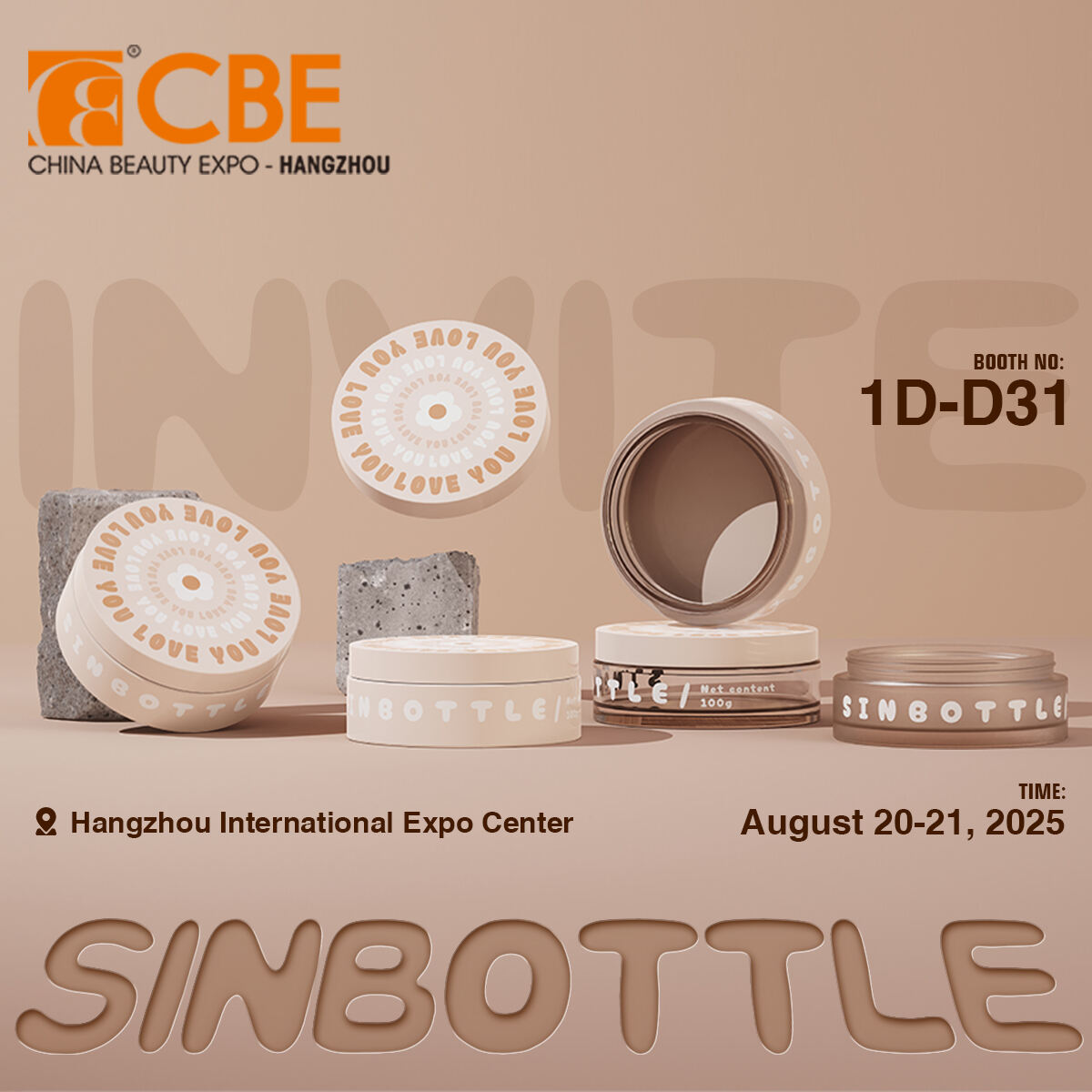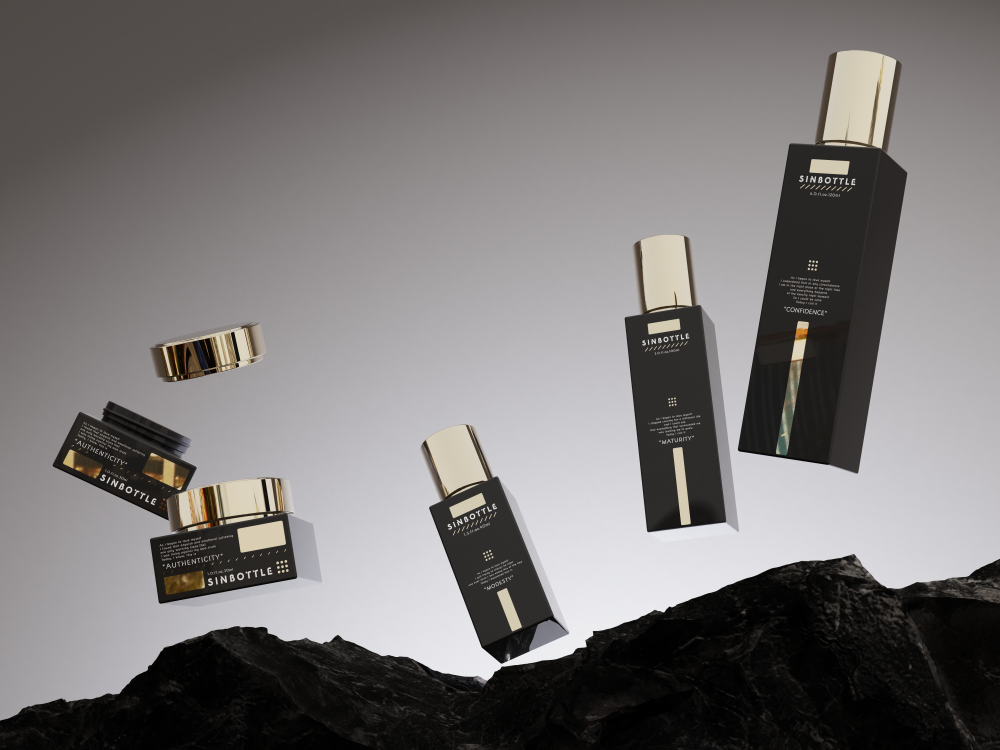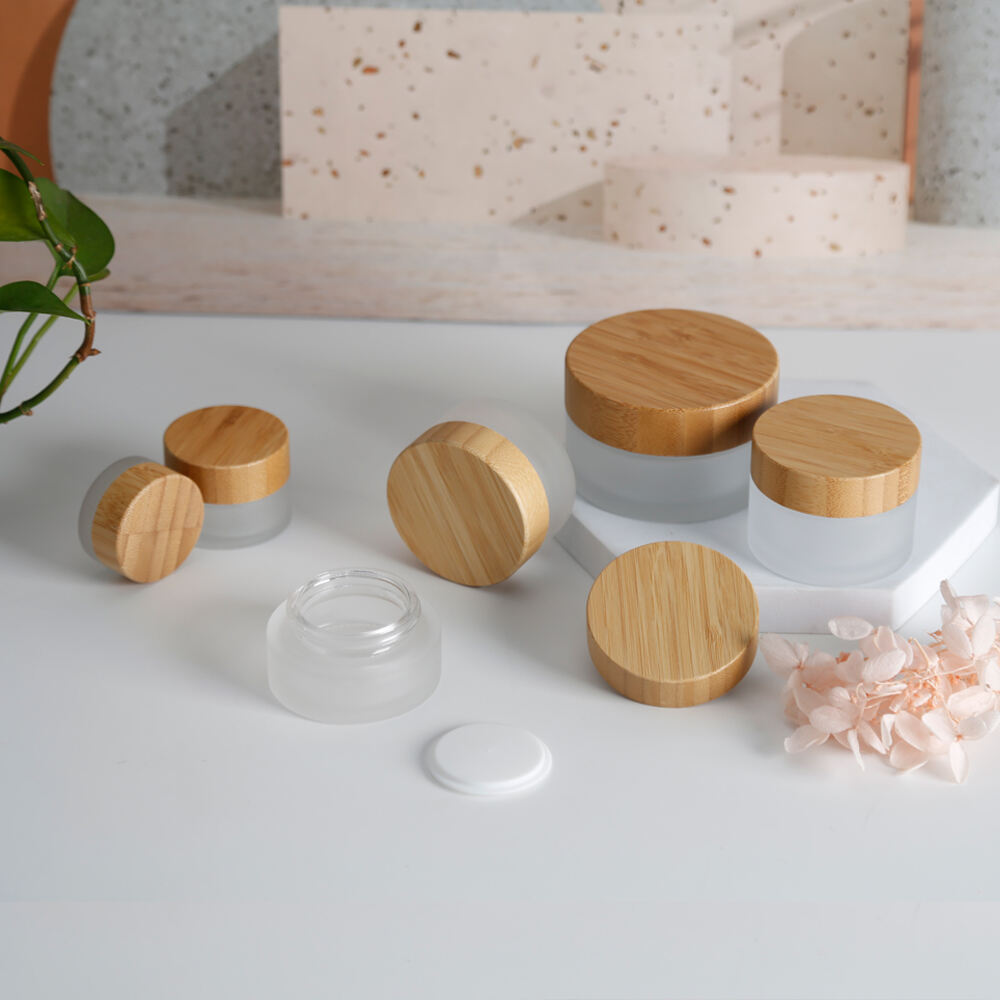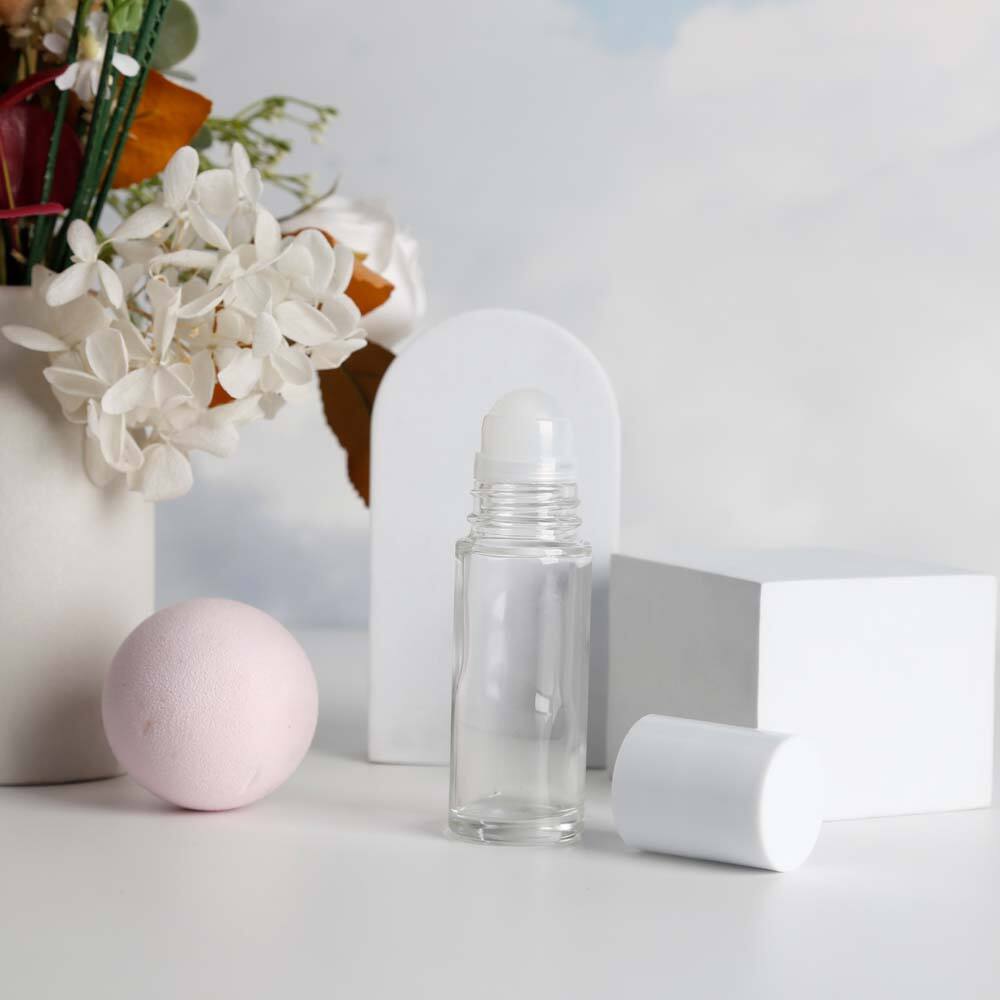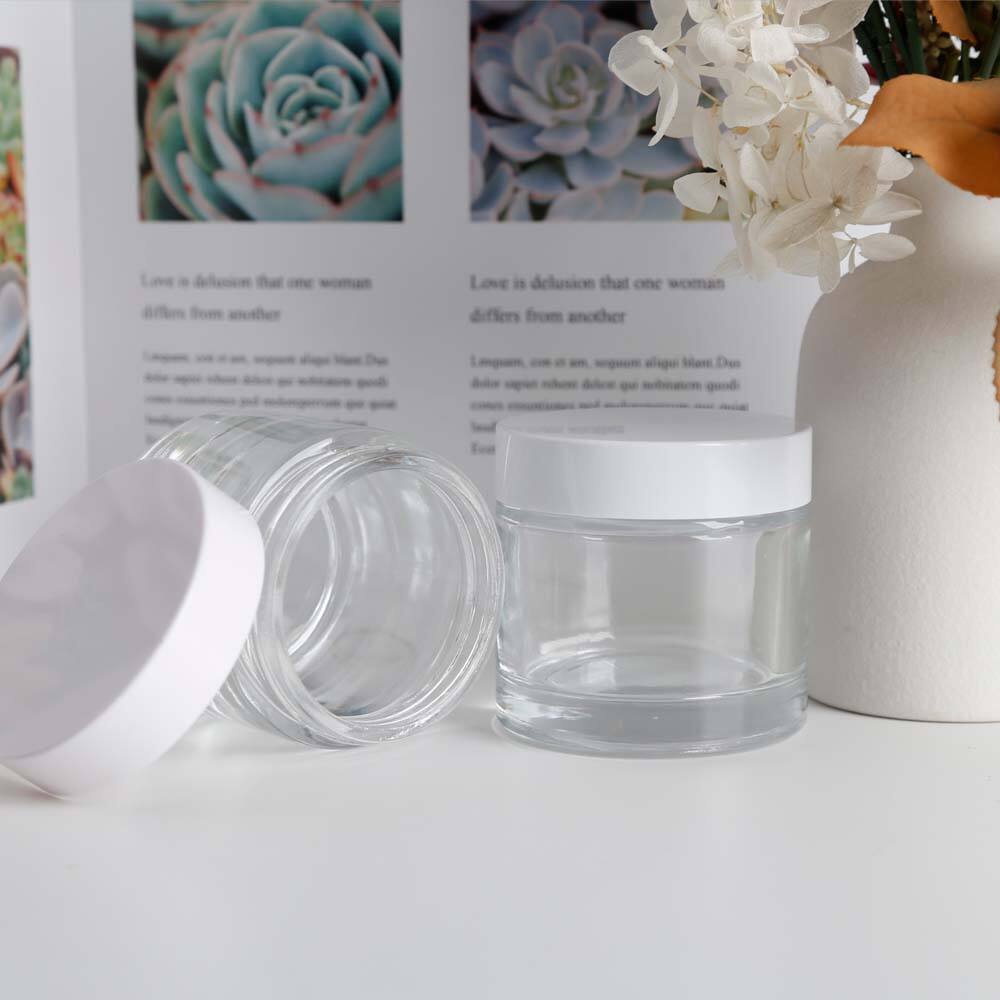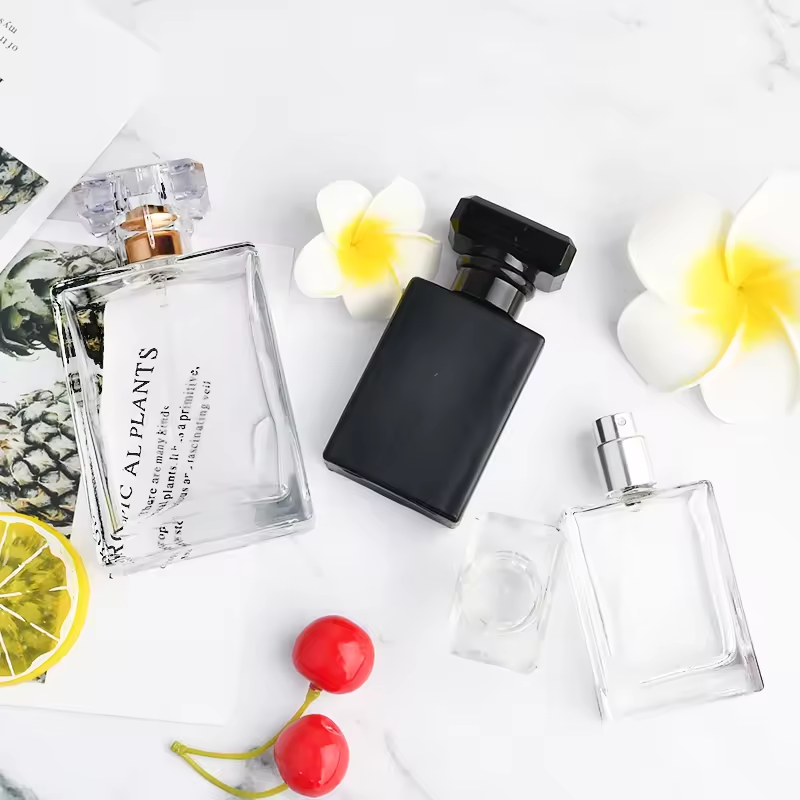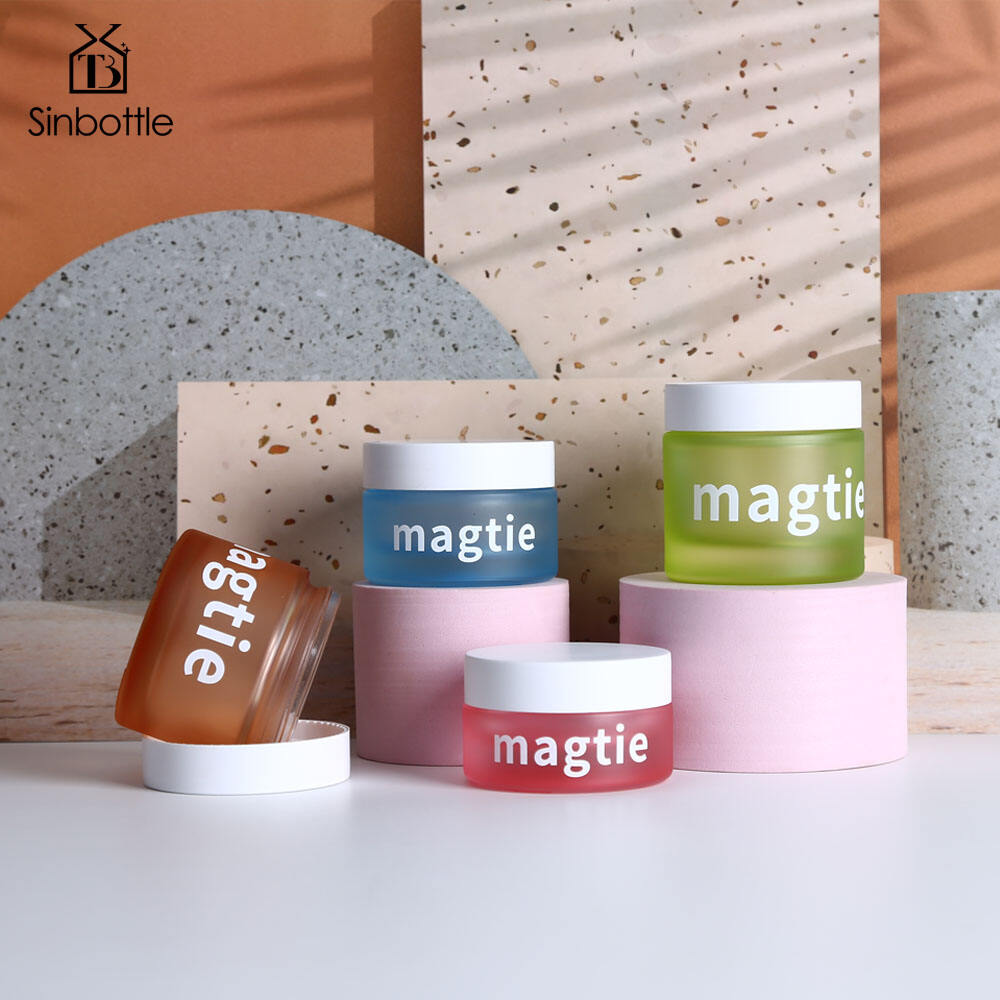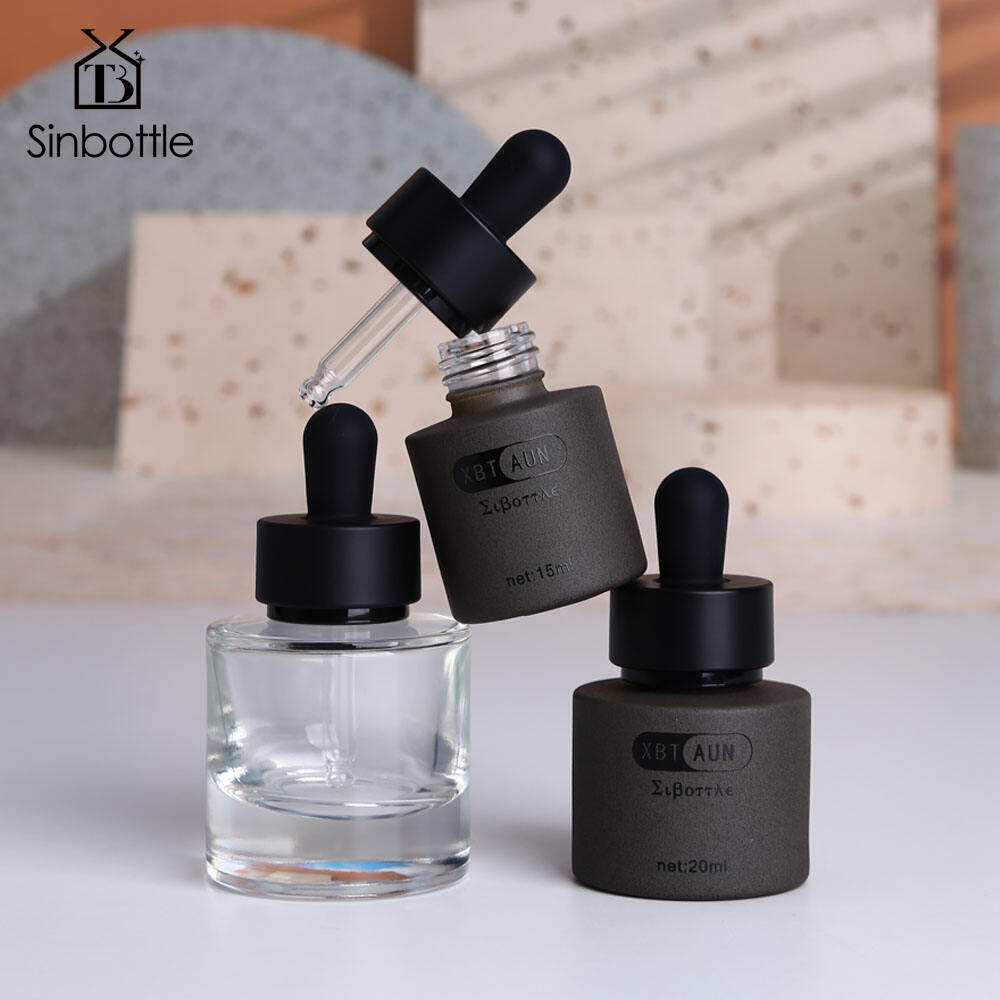Glass Material Purchase Guide: Analysis Of The Characteristics Of Five Common Varieties
Glass products are everywhere in modern life, but most consumers have a vague understanding of the differences between various types of glass. This article will analyze the chemical composition and practical characteristics of five common glass varieties to help you make a wise choice.
1. Basic soda-lime glass
As the most widely used basic material, its main formula is silicon dioxide (70%) and sodium calcium oxide (a total of 20-28%). Due to the high iron content (more than 0.1%), a clear green hue can be seen on the edge of the product. This type of glass has a heat-resistant temperature difference of about 80°C and is suitable for making products such as flat glass for construction and daily storage tanks that do not require high optical properties. Its advantage lies in its mature molding process and low raw material cost.
2. High-transmittance glass (modified soda-lime type)
The iron content is reduced to less than 0.02% through a refining process, and the transmittance exceeds the high standard of 91%. This upgraded version of soda-lime glass presents a pure transparent texture, with white light on the edges, and its mechanical impact resistance is about 30% higher than the basic version. Commonly used in high-end cosmetic containers, precision instrument windows and laboratory consumables, especially suitable for scenes where the contents need to be observed.
3. Decorative crystal glass
It is divided into two major systems: traditional lead-containing type and modern lead-free type. The former adds 24-30% lead oxide, with a density of up to 3.0g/cm³, and has a diamond-like refractive effect (refractive index>1.56), but there is a risk of heavy metal precipitation. Environmentally friendly products use barium zinc oxide as a substitute. Although the refractive performance is slightly weaker (1.52-1.55), it is more suitable for making food contact utensils. This type of material is known for its bright luster and is mostly used in handicrafts, chandelier accessories and collection wine utensils.
4. Transitional white crystal glass
This variety combines the characteristics of high light transmittance and crystal glass, and the lead content is controlled within 5% or replaced by barium. The light transmittance index is between 88-90%, presenting a unique cold blue light effect, and the thermal stability is about 40% higher than that of traditional soda-lime glass. Commonly used in mid-range home accessories, creative lamps and reinforced tableware, it balances aesthetics and practicality.
5. Recycled basic glass
Low-cost products with a recycled material ratio of more than 30% often have an iron impurity content of more than 0.15%, accompanied by visible bubbles and flow defects. Its upper temperature limit is only 50°C, and its light transmittance is less than 85%. It is mostly used in non-fine fields such as industrial packaging and gardening tools. When purchasing, it can be identified by observing the obvious gray-green color of the edge.
Purchase precautions:
Lead-free crystal or high-transmittance glass is preferred for food-grade containers, and the heavy metal migration test report needs to be checked
High-refractive-index lead-containing crystal glass can be used for decorative exhibits, but it must be kept away from children
For scenes that need to withstand rapid cooling and heating (such as oven appliances), it is recommended to use high borosilicate glass with a temperature resistance of 300°C
Mastering these material properties can effectively avoid problems such as vessel breakage and optical distortion caused by misuse of materials, while improving safety and economy. Next time you purchase, you may wish to carefully observe the color and light transmittance of the product edge, and make a scientific choice based on the specific usage scenario.
